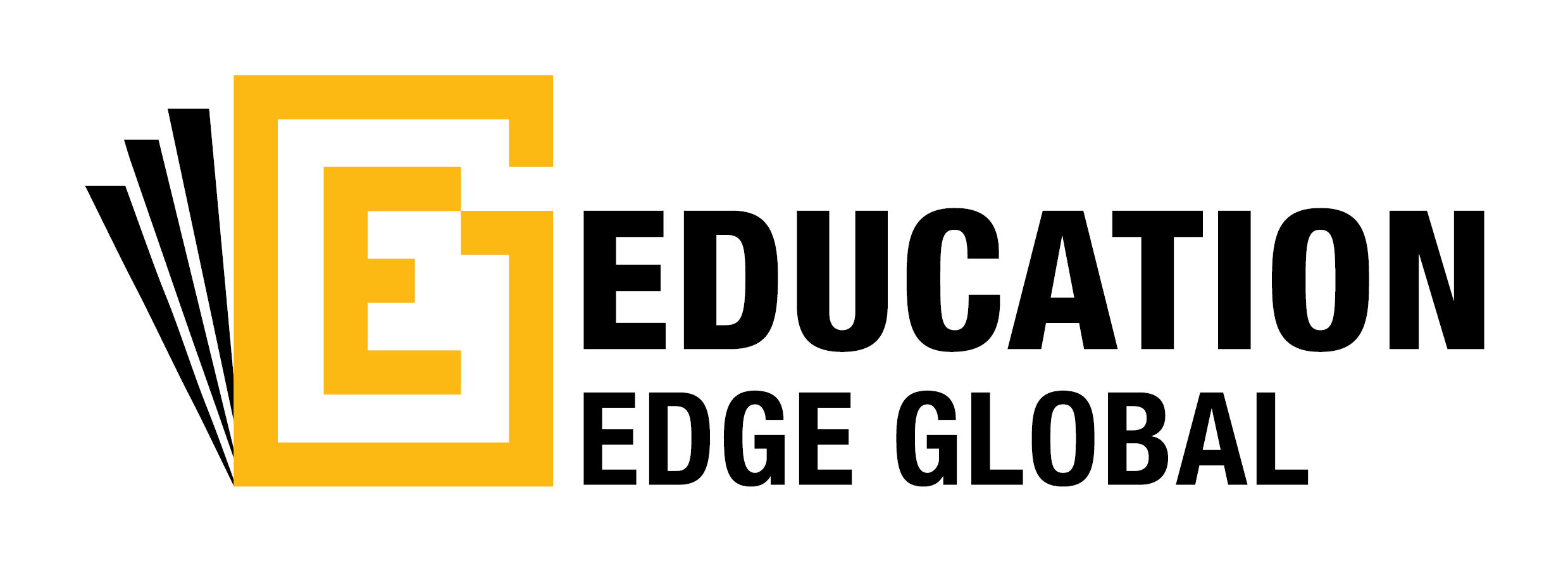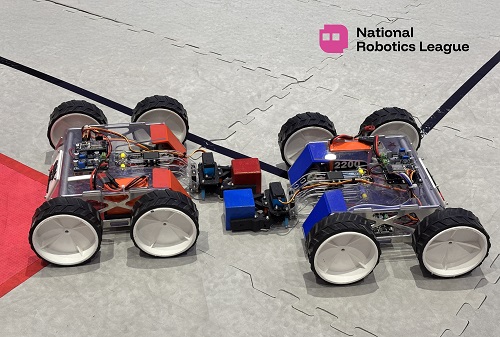In an interview with Education Edge Global, Samad Shoeb, CEO & Co-Founder of Oratrics, shares how his vision is to redefine the very purpose of education. Having observed that students often excel academically yet struggle with confidence, communication, and real-world skills, Shoeb co-founded Oratrics as a hub for personality enrichment. By blending experiential learning, AI-driven tools, and micro-learning, Oratrics equips learners with the confidence, adaptability, and critical thinking needed to thrive as future-ready leaders and innovators.
What inspired you to co-found Oratrics, and what gap in education were you determined to fill?
The inspiration behind Oratrics came from a simple observation, students were excelling academically but struggling with confidence, communication, and practical skills that define success in real life. Traditional education systems focus heavily on grades but neglect personality, self-expression, and real-world readiness. We aimed to bridge this gap by establishing a “Personality Enrichment School” where learning extends beyond books and exams. Oratrics was built to empower learners to think critically, speak boldly, and act confidently. By combining experiential training, microlearning, and AI-driven tools, we’re redefining education as a holistic process, preparing not just good students but future-ready leaders, innovators, and problem solvers.
You often speak about AI and micro-learning. How do you see these reshaping traditional classrooms and corporate training environments?
AI and micro-learning are revolutionising how people learn. Traditional classrooms often struggle with one-size-fits-all teaching, but AI allows for personalisation, adapting to each learner’s pace, strengths, and gaps. Micro-learning makes this even more powerful by delivering bite-sized, focused lessons that improve retention and fit into busy lives. For schools, this means students can receive individualised attention at scale. For corporates, it creates continuous, on-the-job training without disrupting workflows. Together, AI and micro-learning foster self-paced growth while giving educators actionable insights. Instead of replacing traditional teaching, these tools enhance it, making learning more engaging, relevant, and effective in a world where adaptability is key.
Skills-based training is becoming a buzzword. How can it realistically be integrated into mainstream education?
The key to integrating skills-based training lies in embedding it into existing curricula rather than treating it as an add-on. For example, communication, collaboration, and problem-solving can be taught alongside subjects like science or mathematics through projects, presentations, and debates. Technology can play a big role here by offering gamified platforms that make skill practice consistent and measurable. Schools and colleges need to shift from rote assessments to outcome-based evaluations that value both knowledge and application. At Oratrics, we integrate skills like public speaking, creativity, and logical thinking into everyday learning. This not only boosts academic performance but also ensures students graduate with competencies directly aligned to employability and future leadership.
Technology adoption in schools and colleges often faces resistance. What practical strategies can help educators embrace digital tools without losing the essence of teaching?
Resistance usually comes from fear, fear of losing control, of complexity, or of replacing the teacher’s role. The solution is to position technology as an enabler, not a replacement. Training educators to use digital tools confidently and showing them how they save time or enhance student engagement is crucial. Start small: simple tools like interactive quizzes, AI-powered assessments, or gamified vocabulary builders can gradually build trust. Another strategy is to align tech adoption with teachers’ goals, better student outcomes, reduced workload, or clearer insights. At Oratrics, we emphasise blending tech with human connection. Teachers remain mentors and guides, while technology personalises and amplifies their impact.
Many students graduate with degrees but struggle with employability. How does Oratrics aim to address this challenge?
Employability today is less about academic scores and more about critical thinking, adaptability, and communication. Oratrics addresses this by going beyond textbook knowledge to build confidence, articulation, and problem-solving skills. Through our AI-powered tools and experiential programs, students practise real-world scenarios, interviews, presentations, and debates that mirror workplace demands. We also focus on emotional intelligence and personality development, which are often overlooked but highly valued by employers. The goal is to transform passive learners into active contributors who can think independently, communicate effectively, and lead confidently. By blending academics with life skills, Oratrics ensures learners don’t just earn degrees, they build careers and thrive in dynamic industries.
How do you ensure that digital learning solutions remain inclusive and accessible across diverse geographies?
Inclusivity begins with designing solutions that work in low-resource environments, lightweight apps, offline accessibility, and multilingual support. At Oratrics, we build tools that don’t demand high-end infrastructure but still deliver meaningful outcomes. Our gamified, AI-driven platforms are designed to be intuitive so that learners in remote geographies can adapt easily. We also engage parents, teachers, and local communities to create support systems around learners. Affordability is another key, by offering scalable, pocket-friendly solutions, we ensure access isn’t limited to privileged sections. The vision is simple: no matter where a child or professional is located, they should have equal opportunity to develop communication, creativity, and confidence.
What role do you see EdTech playing in bridging the talent gap for India’s growing industries?
India’s industries are evolving rapidly, but the talent pipeline often lags in skills like communication, problem-solving, and adaptability. EdTech can bridge this gap by equipping students and professionals with industry-relevant skills from an early stage. With AI, gamification, and experiential learning, platforms like Oratrics create a workforce that’s not only academically sound but also emotionally intelligent and workplace-ready. By aligning learning outcomes with global benchmarks, EdTech ensures Indian talent can compete and collaborate internationally. In the long run, EdTech won’t just complement formal education, it will become the backbone of a talent ecosystem where learners evolve continuously to match industry needs.
`


